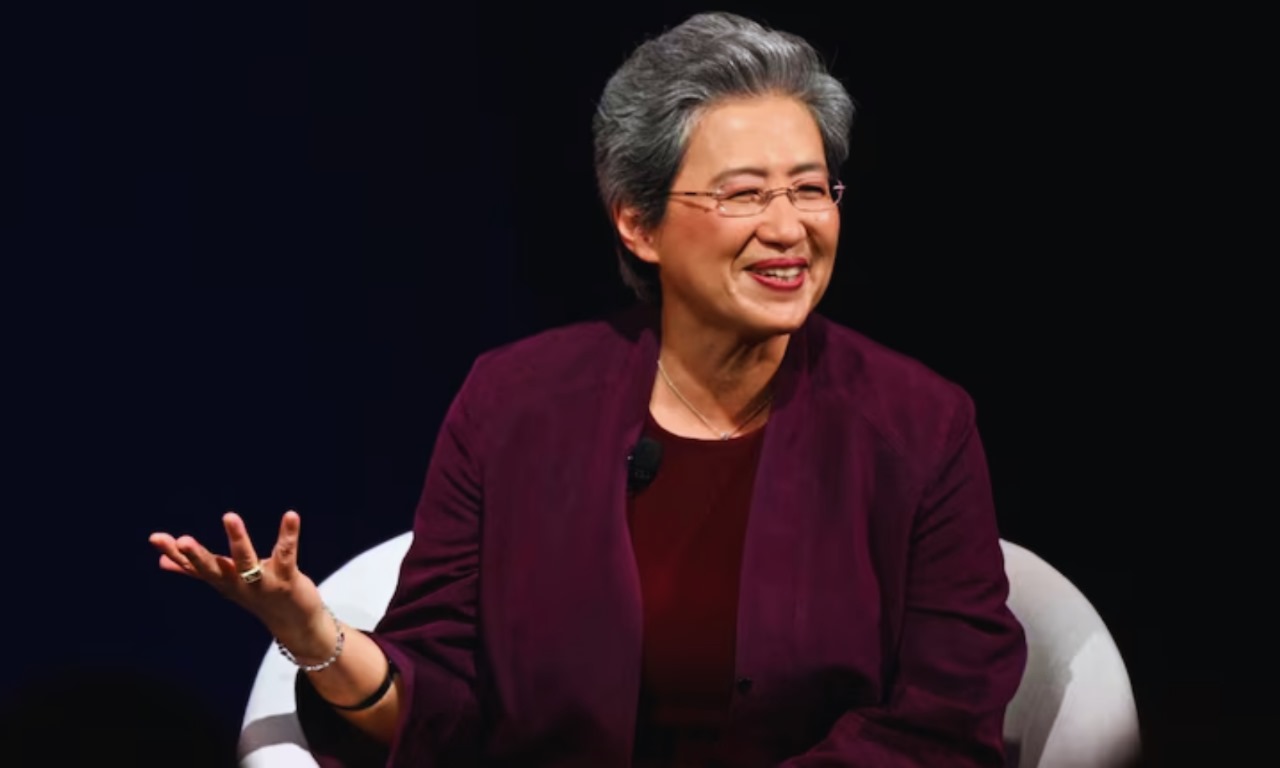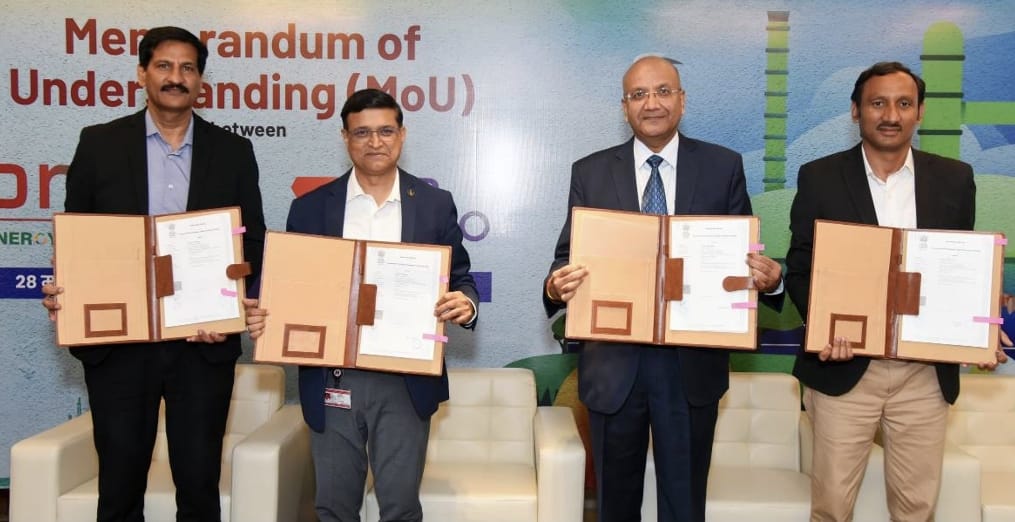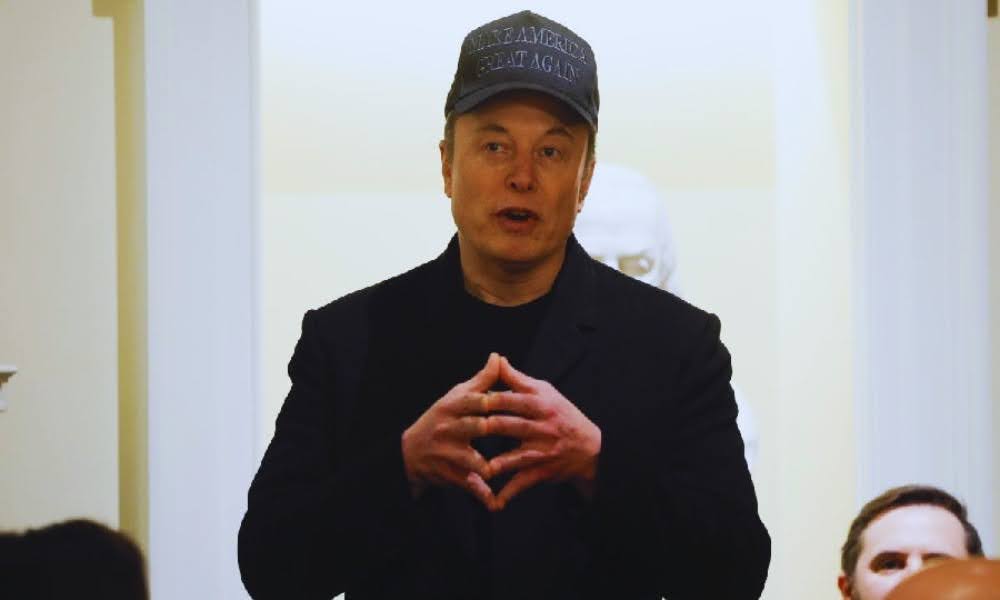Relentless Leadership: Inside Lisa Su’s High-Performance AMD Work Culture

Lisa Su, CEO of Advanced Micro Devices (AMD), has cultivated a demanding work culture at the $210 billion semiconductor giant.
According to CNBC, Su’s leadership involves weekend meetings and frequent late-night communications, often expecting responses from employees even after midnight.
Her rigorous schedule reflects the ambitious goals she sets for the company, pushing her team to excel. Su, aged 55 and a cousin of Nvidia CEO Jensen Huang, was recently recognized as Time’s CEO of the Year 2024, highlighting her transformative influence on AMD.
Since assuming the CEO role in 2014, she has led the company through a remarkable decade of growth, with AMD’s stock price increasing nearly 50-fold.
Her leadership has positioned AMD as a dominant player in the semiconductor industry, rivaling giants like Intel and Nvidia in market capitalization.
Su attributes her success to her ability to set exceptionally high standards for herself and her team. “I don’t believe leaders are born. I believe leaders are trained,” she said.
She also emphasized the power of ambitious goals: “The previous strategy of, ‘Hey, let’s just do a little bit better here and there’ — that’s actually less motivational.”
A Demanding Yet Visionary Leadership Style
Patrick Moorhead, a tech analyst and former AMD executive, describes Su’s leadership as results-driven and marked by high expectations.
This demanding approach can be challenging for employees who fail to meet commitments.
Su’s attention to detail is evident in her practices, such as personally reviewing prototype chips as soon as they arrive and discussing complex documents during early morning calls after sharing them at midnight.
While some may find her methods intense, they have undeniably driven AMD’s ascent in the competitive semiconductor market.
Lisa Su’s Path to Leadership
Born in Taiwan, Lisa Su moved to the United States at age three, settling in New York where her father pursued graduate studies in mathematics.
Early exposure to mathematics, through her father’s dinner-table quizzes, laid the foundation for her academic achievements. Initially aspiring to become a concert pianist, Su eventually discovered her passion for engineering.
She attended the Massachusetts Institute of Technology (MIT), earning bachelor’s, master’s, and doctoral degrees in electrical engineering.
Her distinguished academic background propelled her career in the tech industry, with roles at Texas Instruments and IBM during the 1990s.
Su joined AMD in 2012 as a senior vice president and general manager, rising to become the company’s first female CEO in 2014.
As one of the few Fortune 500 CEOs with a PhD, Su’s technical expertise has been pivotal in driving innovation, including the development of faster CPU chips for computers.
Her efforts have cemented AMD’s reputation as a leader in the AI and semiconductor sectors.
The Balance Between Intensity and Success
While Su’s leadership demands long hours and high commitment from her executives, the broader company culture offers a good work-life balance, according to over 400 Glassdoor reviews.
Employees praise AMD’s strong culture and benefits, though some highlight “low compensation compared to Nvidia and Intel.” Su’s leadership earns her a 95% approval rating on Glassdoor, underscoring respect for her dedication and results-driven approach.
Notably, Su’s cousin Jensen Huang, CEO of Nvidia, shares a similarly intense management style.
Huang, described as “demanding” and a “perfectionist,” believes that achieving extraordinary results requires extraordinary effort. “It should be like that. If you want to do extraordinary things, it shouldn’t be easy,” Huang said.
Driving the AI Revolution
Both AMD and Nvidia are at the forefront of the AI industry’s rapid expansion, supplying advanced chips essential for AI training and processing.
The fast-paced nature of the industry demands relentless innovation and adaptability, qualities embodied by leaders like Su and Huang.
Employees in the tech sector, including those at Amazon, Google, and Microsoft, report similar pressures to perform in high-stakes environments.
Reflections on Leadership Styles
The demanding leadership styles of tech CEOs often draw comparisons to industry pioneers like Bill Gates. In Microsoft’s early days, Gates was known for his intense work ethic and high expectations.
While Gates later expressed regret over his tough approach, he acknowledged its role in motivating his team to achieve shared goals and creative breakthroughs.
Su’s leadership exemplifies the balance between high expectations and transformative success.
Her approach has propelled AMD to the forefront of the semiconductor industry, earning her recognition as one of the most impactful leaders in technology today.








